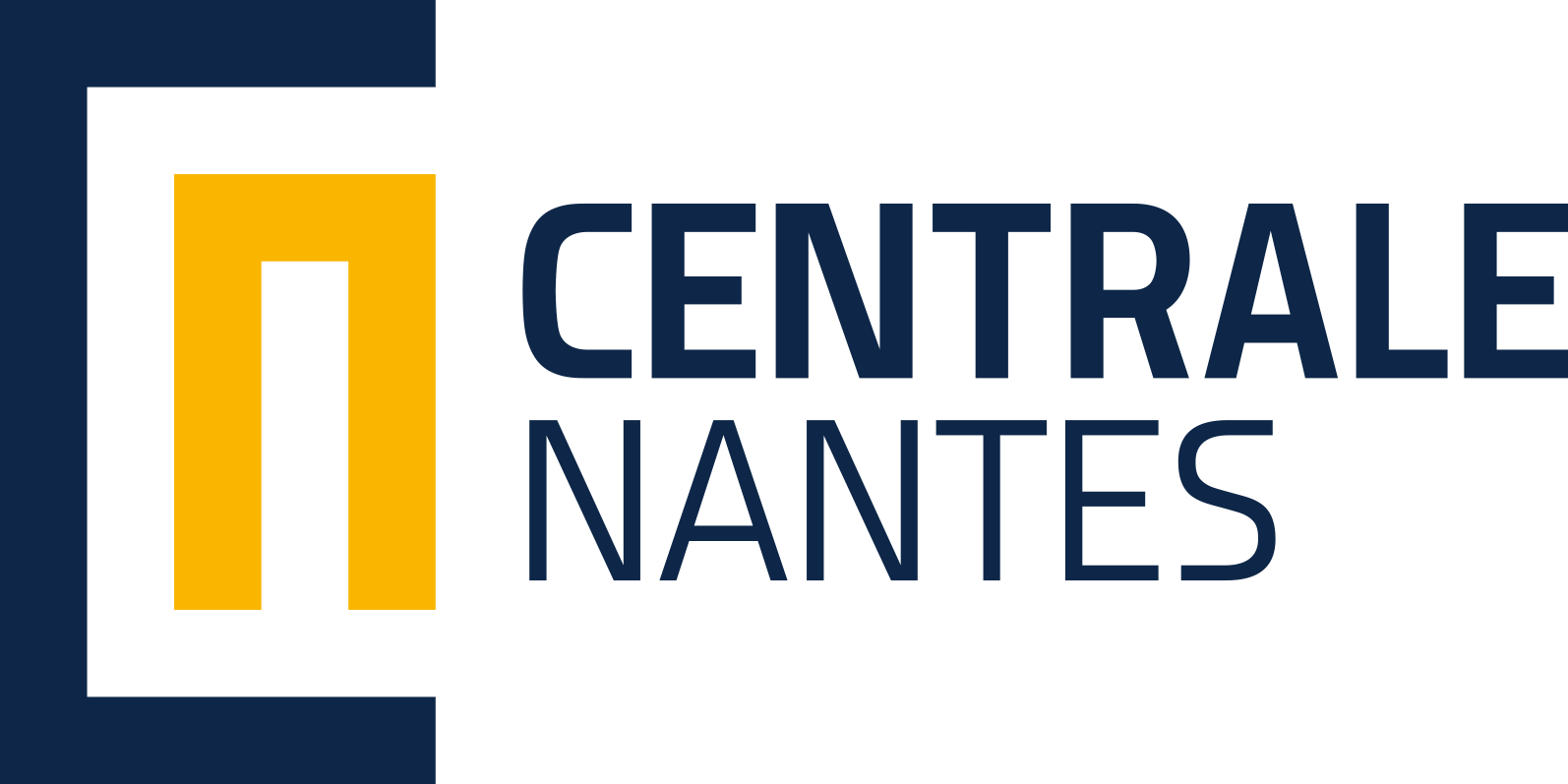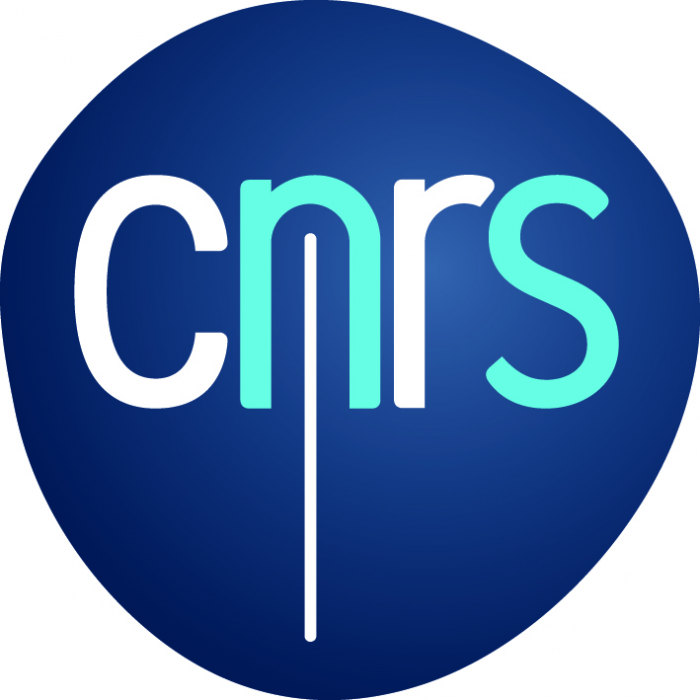Acceleration of a wave-structure interaction solver by the Parareal method
Résumé
Potential flow theory-based solvers are commonly used in ocean engineering to investigate the interactions
between ocean waves and floating bodies. Depending on assumptions, several methods have been proposed.
Among them, the Weak-Scatterer method is an interesting trade-off in the sense that this approach is not limited
in theory by the small wave amplitudes and small body motions assumptions of linear methods. Moreover, this
approach is in practice more stable than the fully non-linear methods. An implementation of the Weak-Scatterer
method is the WS-CN code (Letournel, 2015; Chauvigné, 2016; Wuillaume, 2019).
The computational time of the WS-CN code which is considered in the present study is relatively long
for engineering purposes. In order to reduce it, the present paper presents an implementation of the Parareal
method in the WS-CN code. The Parareal method is an algorithm for parallelizing a simulation in time that can
accelerate the complete simulation (Lions, 2001) . This is a key difference in comparison to other acceleration
techniques which have been studied in the literature (e.g. the Fast Multipole Method (FMM), the precorrected
Fast Fourier Transform (pFFT) method, … ). To the authors’ knowledge, the present study is the first to couple
the Parareal method to a potential flow theory-based wave-structure interaction solver. It is shown that the
method can significantly reduce the computational time for small wave steepness, but that the performance
decreases rapidly with increasing steepness.
| Origine | Publication financée par une institution |
|---|---|
| licence |





